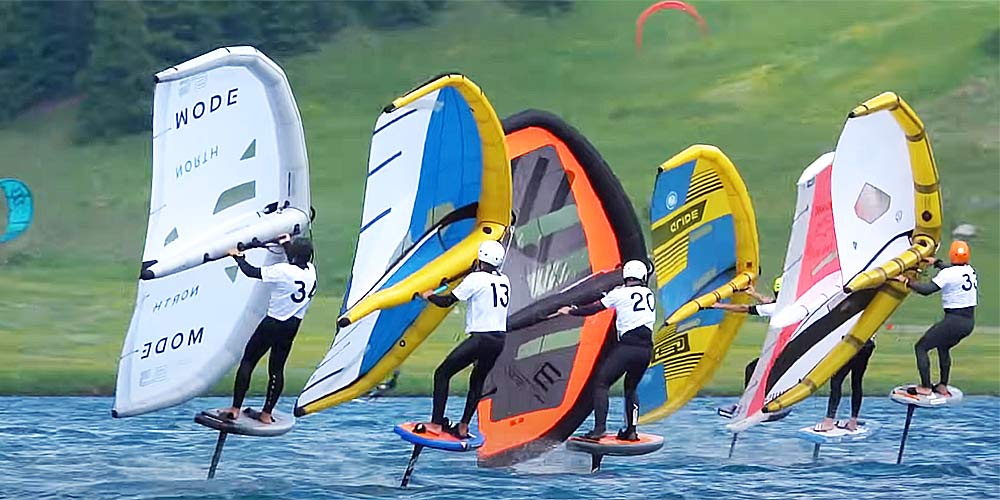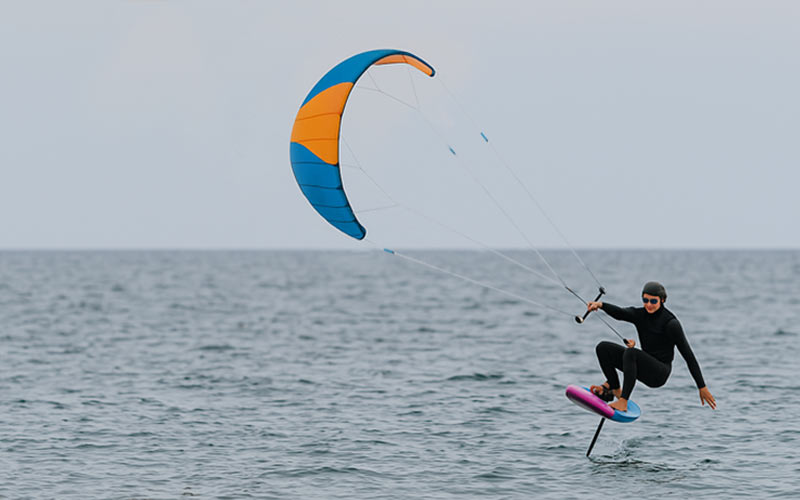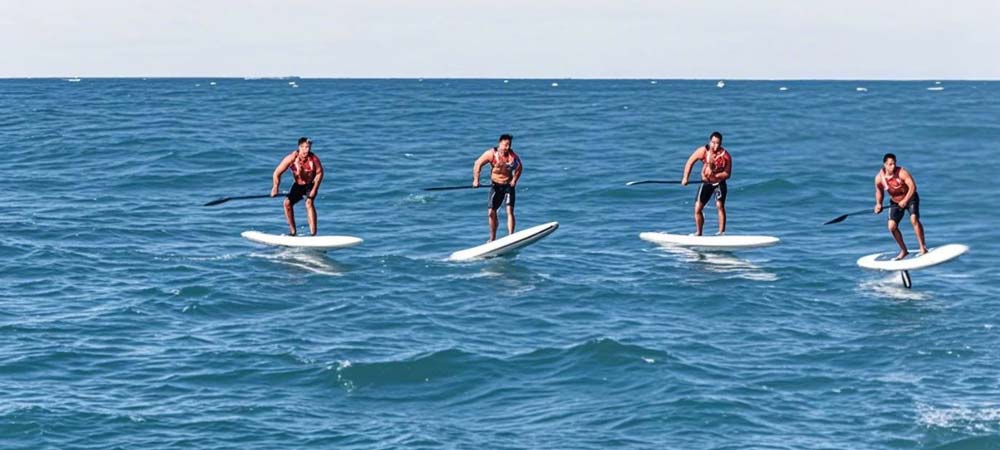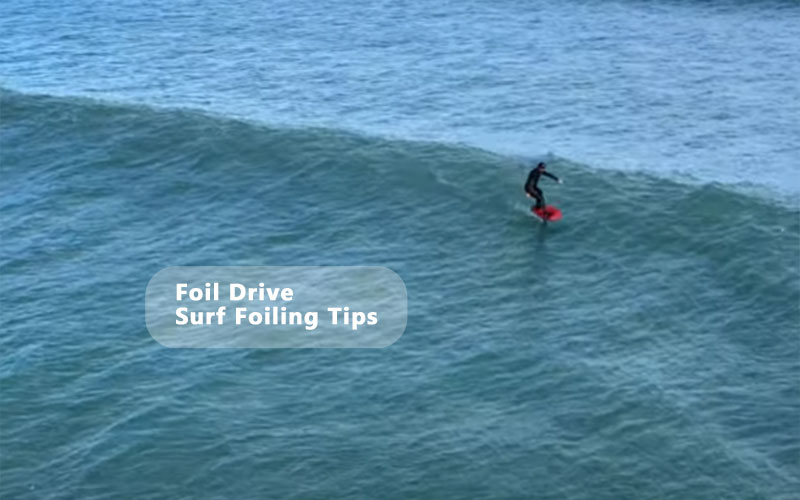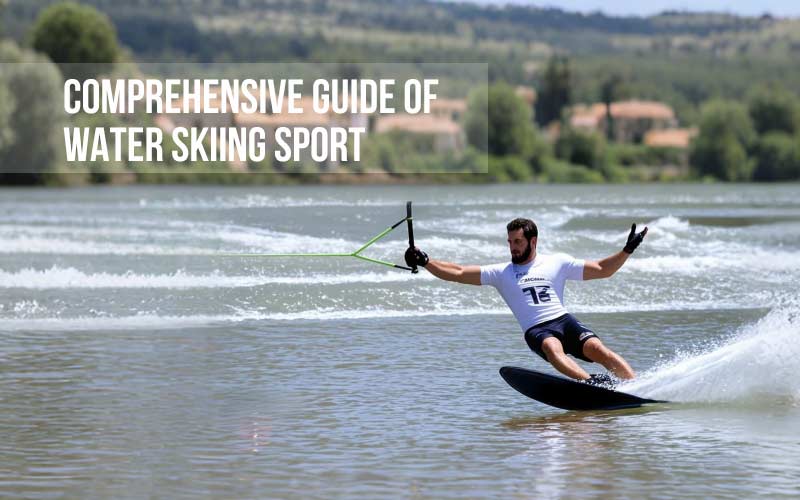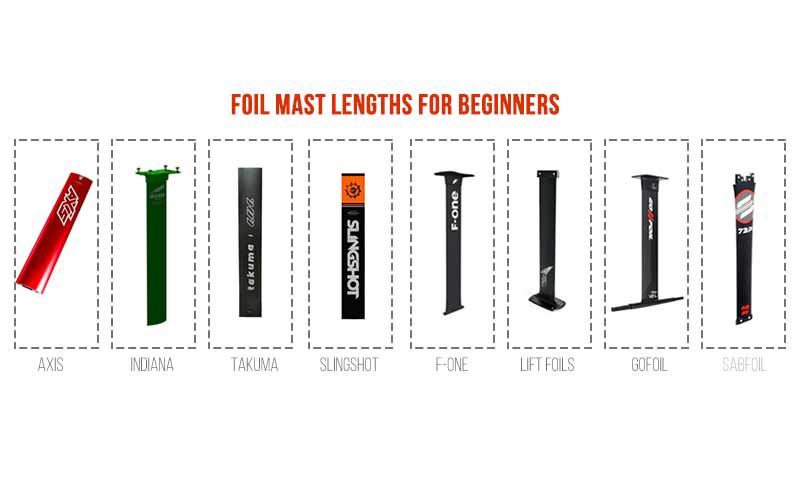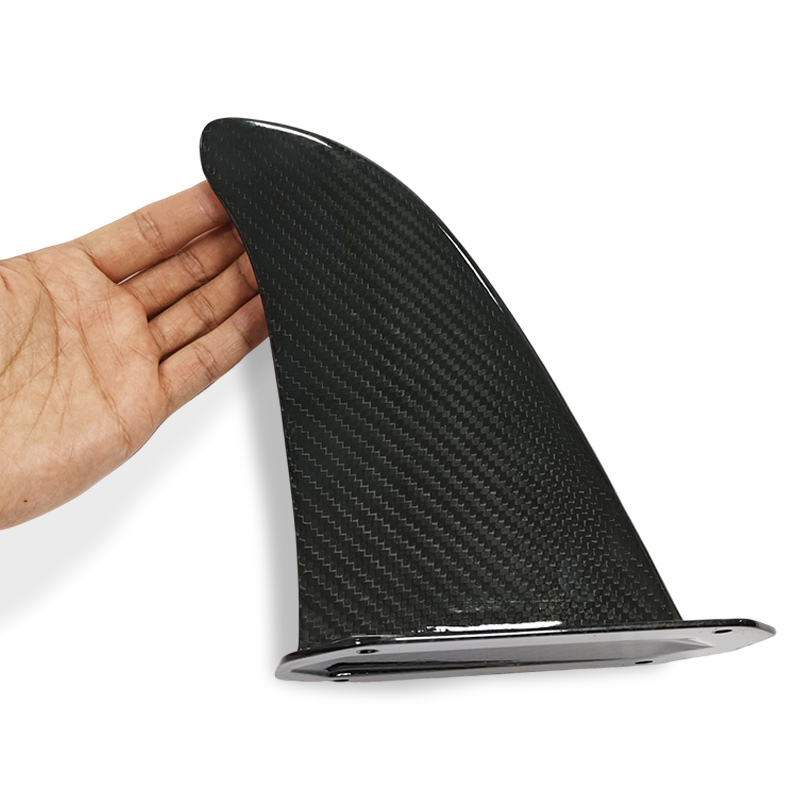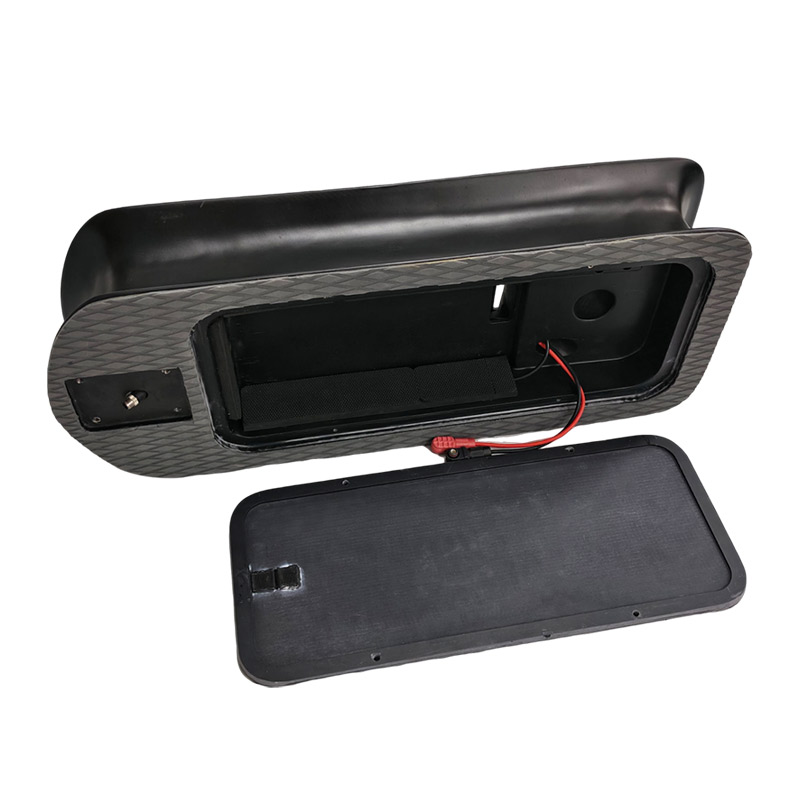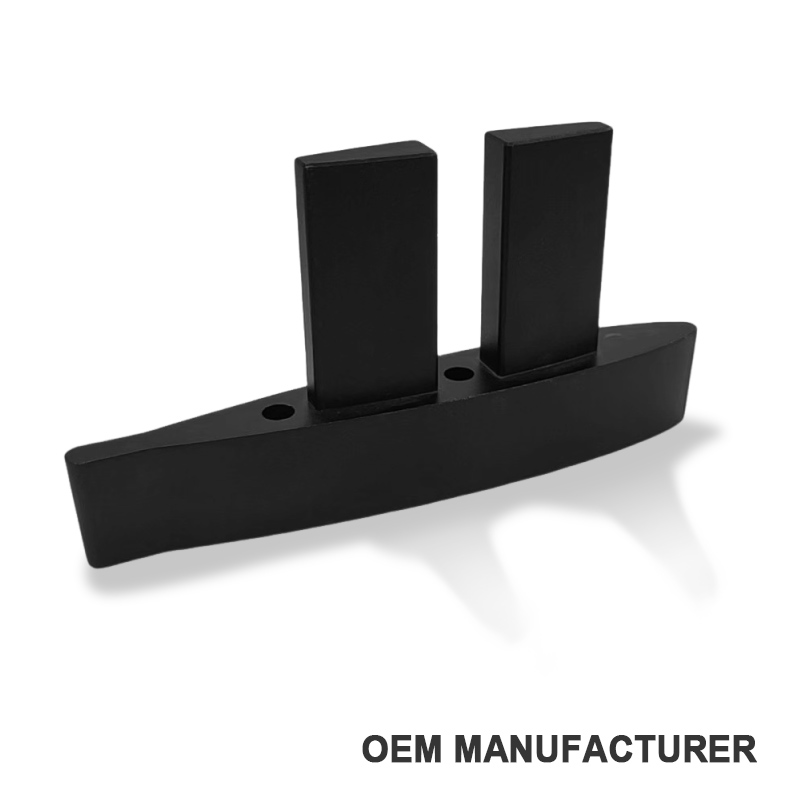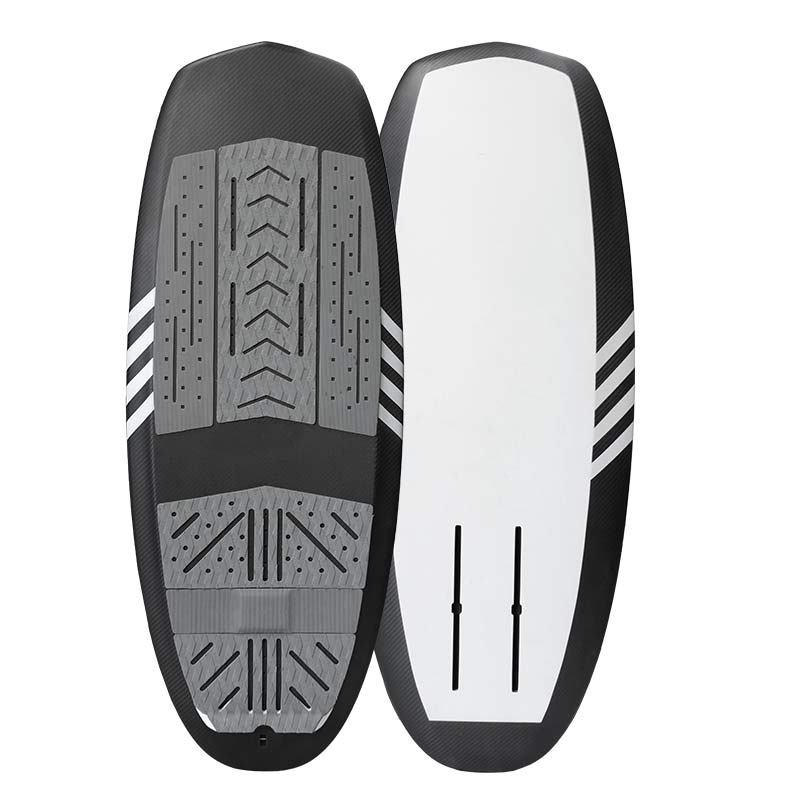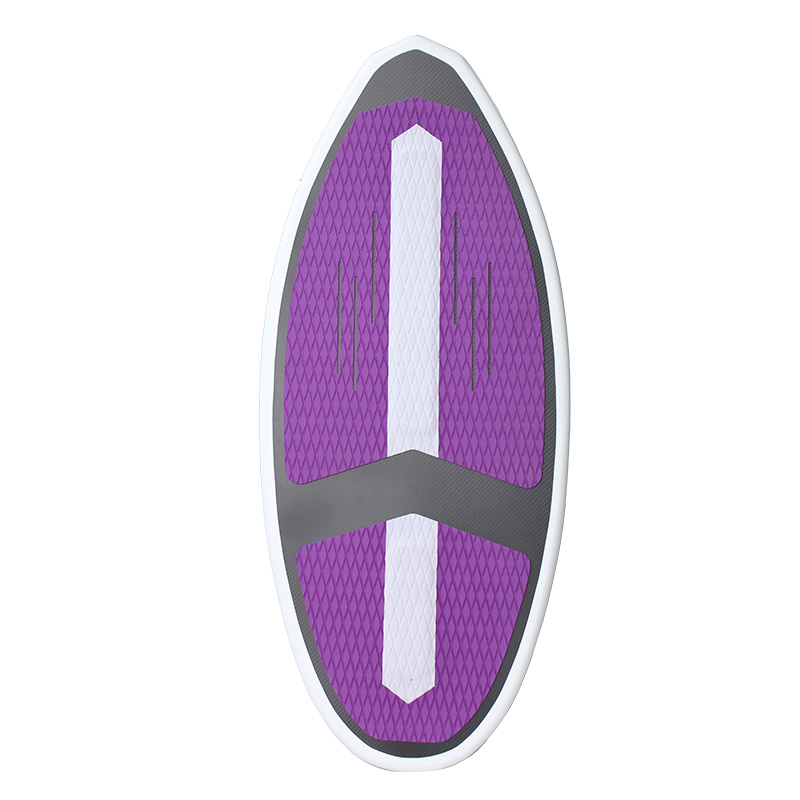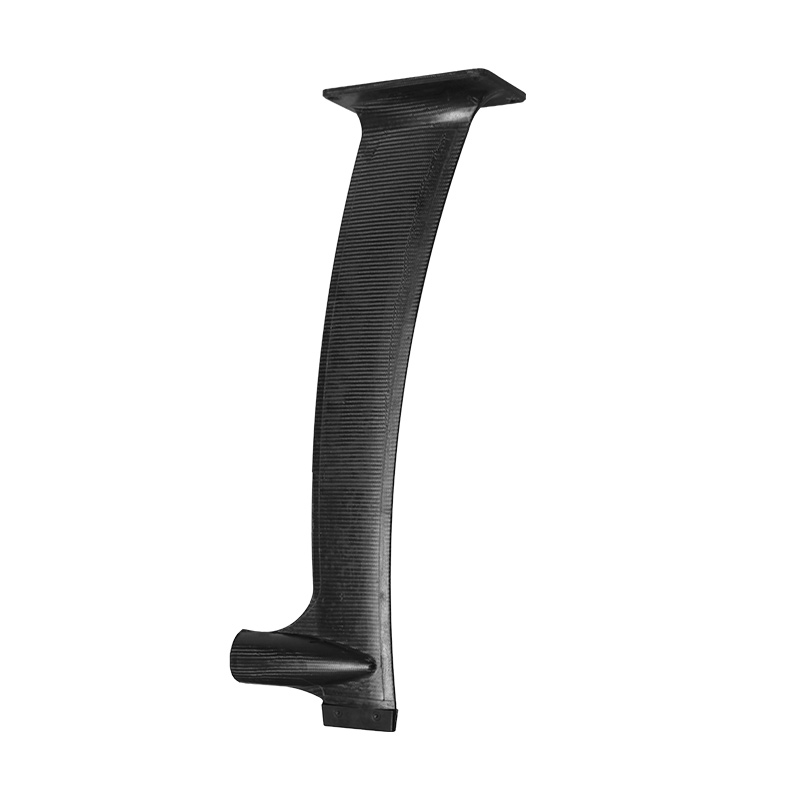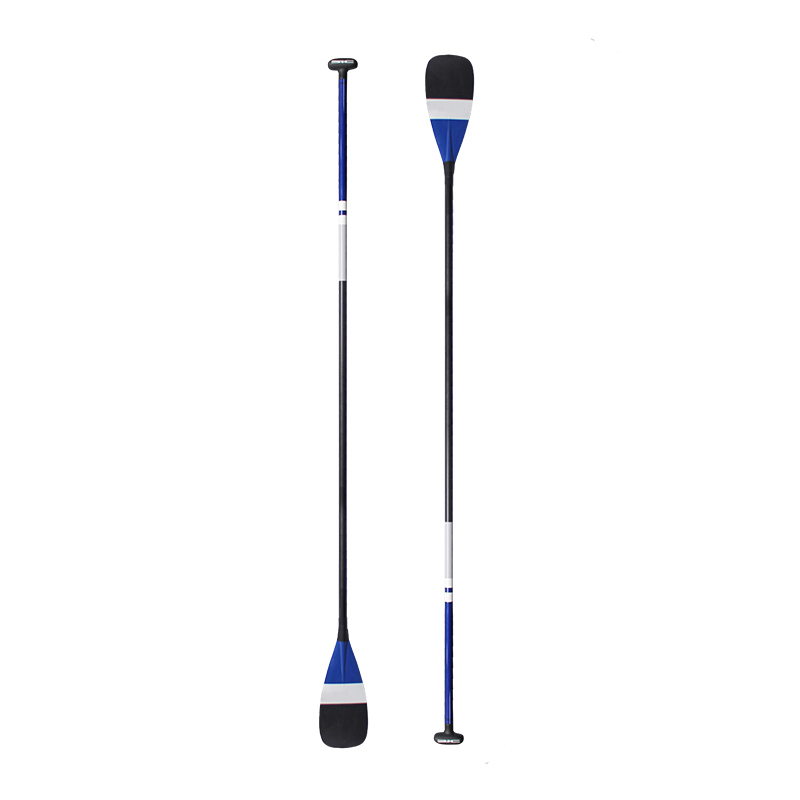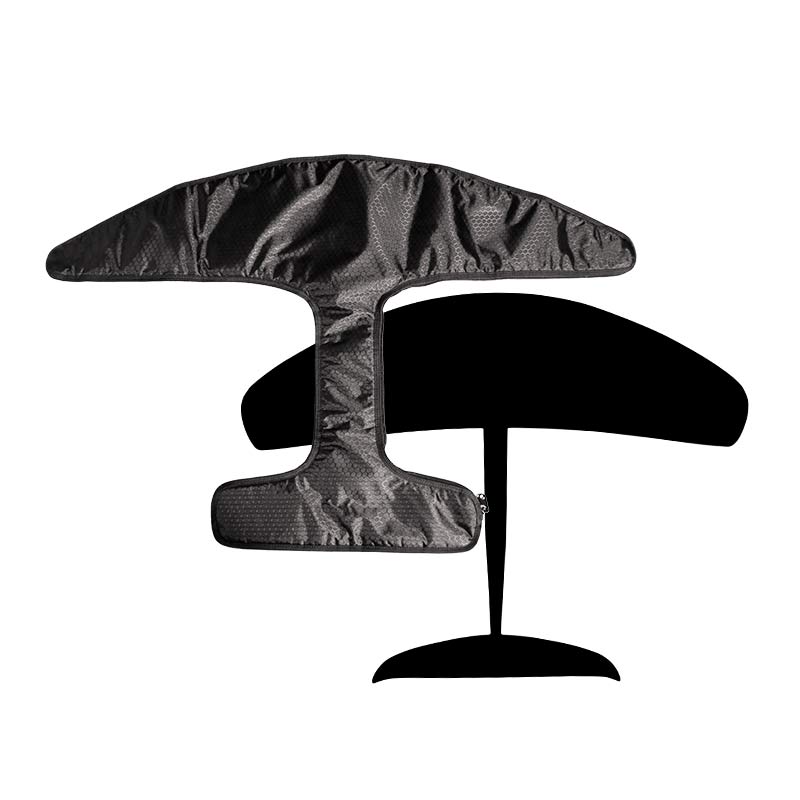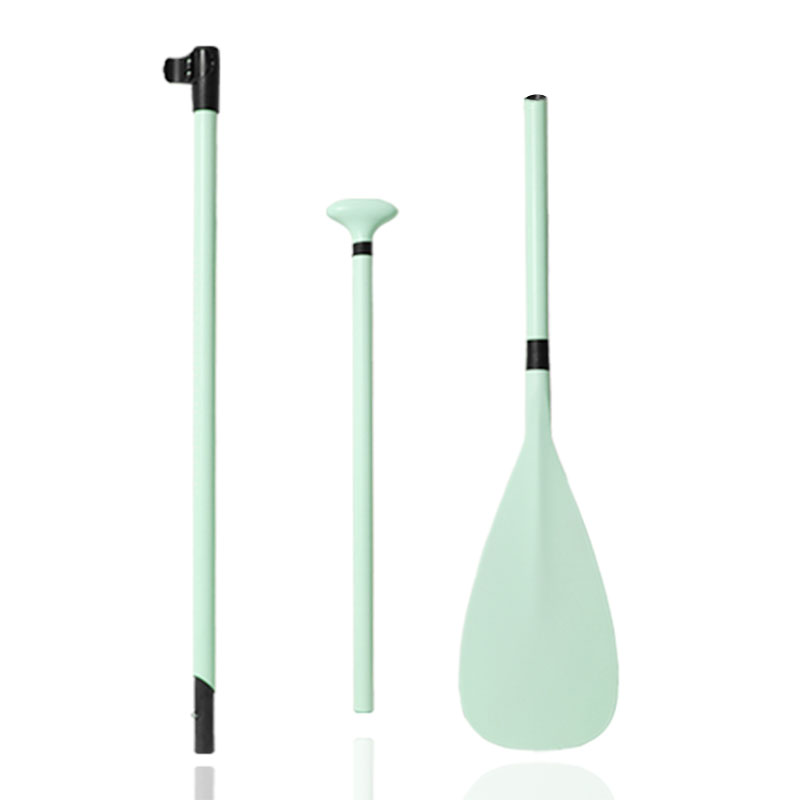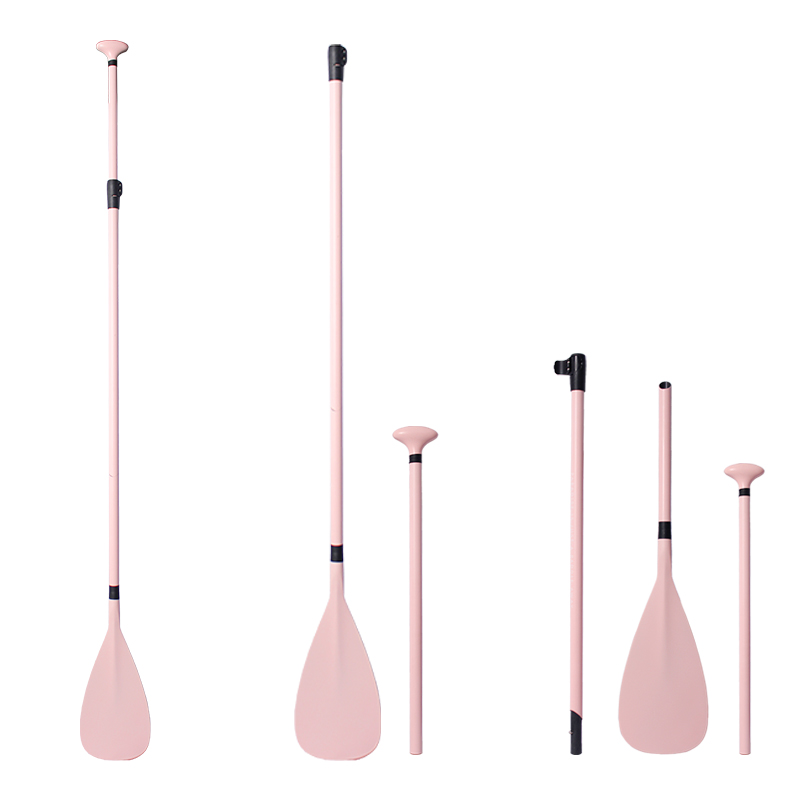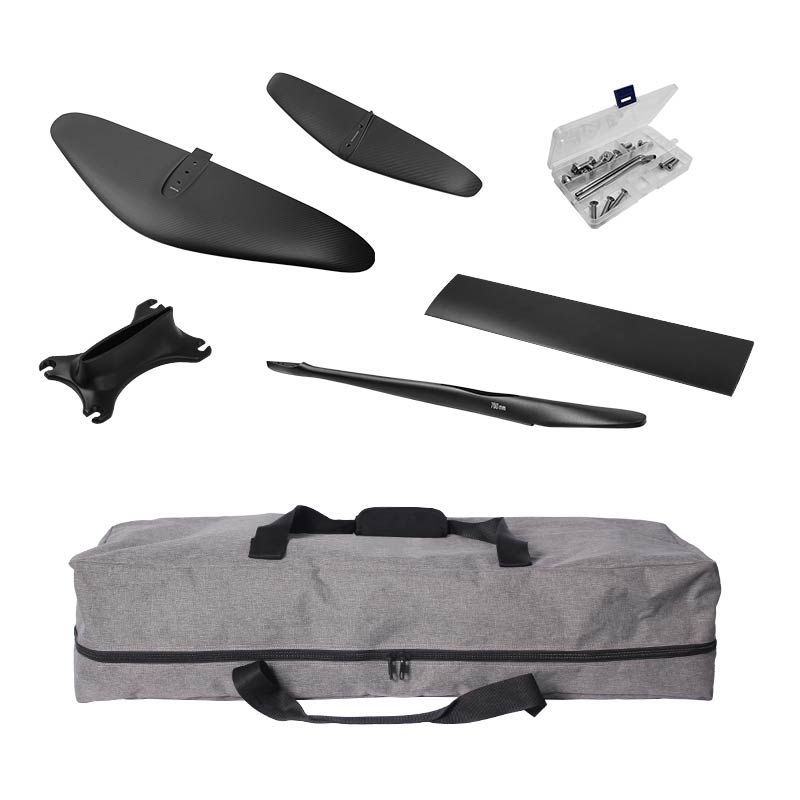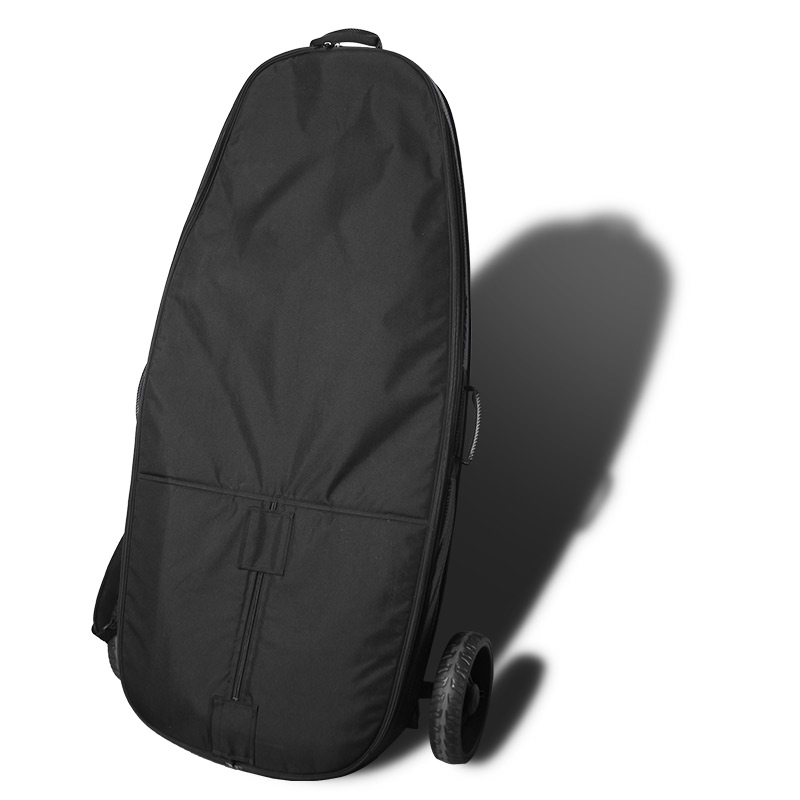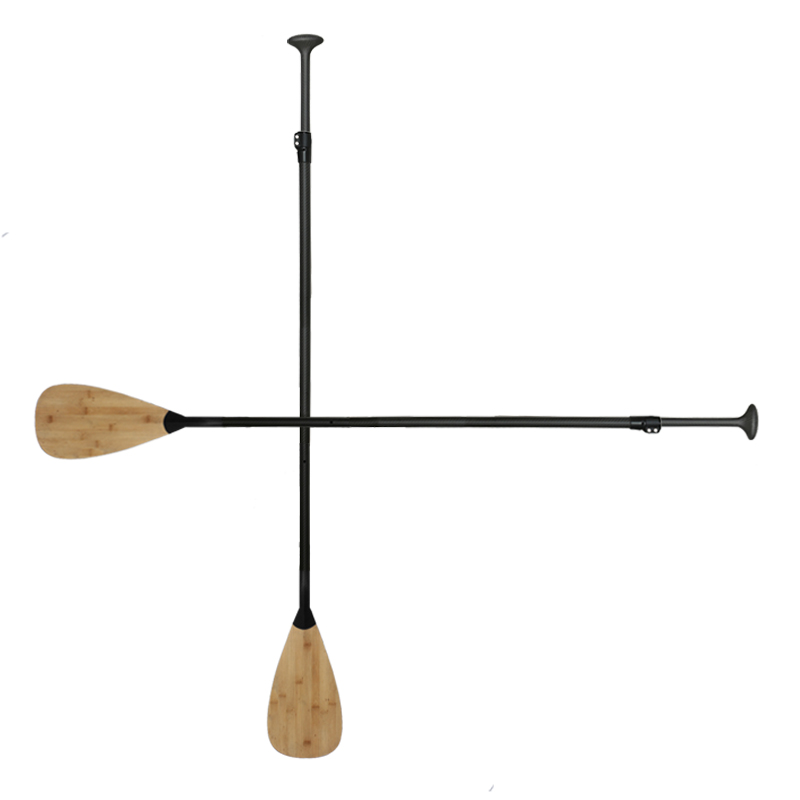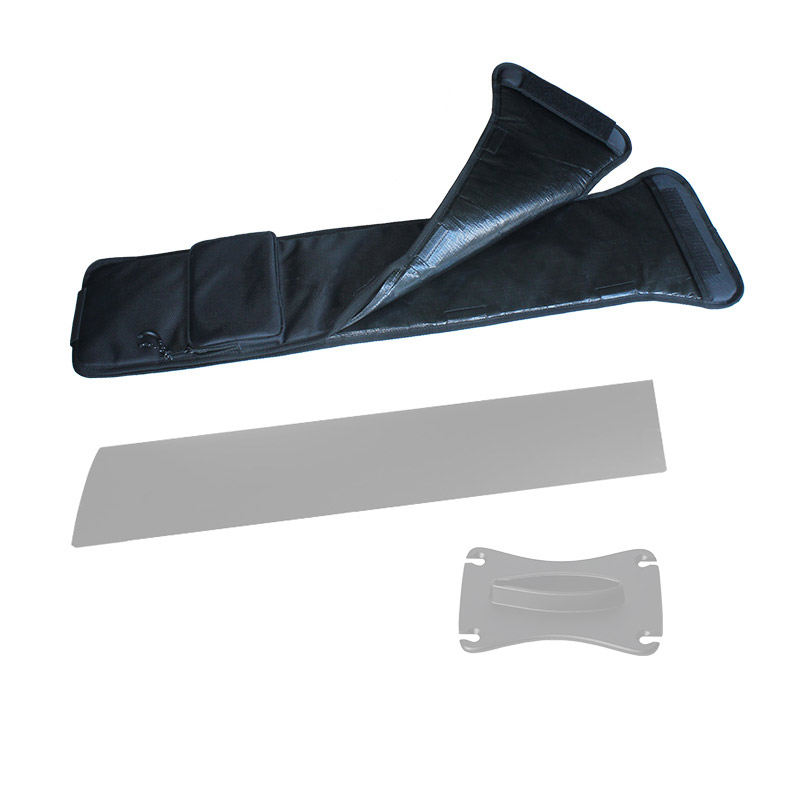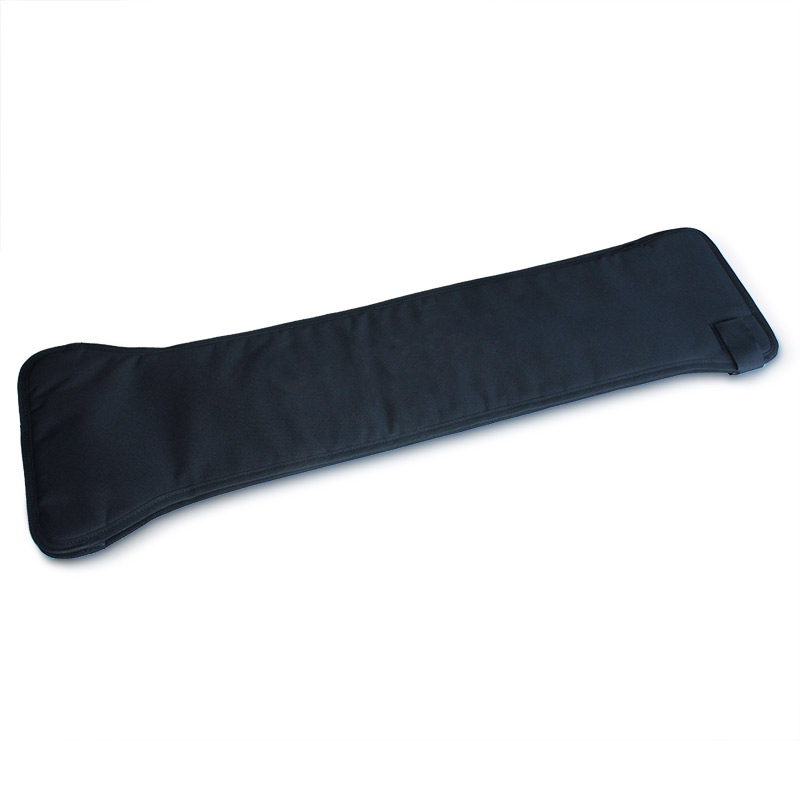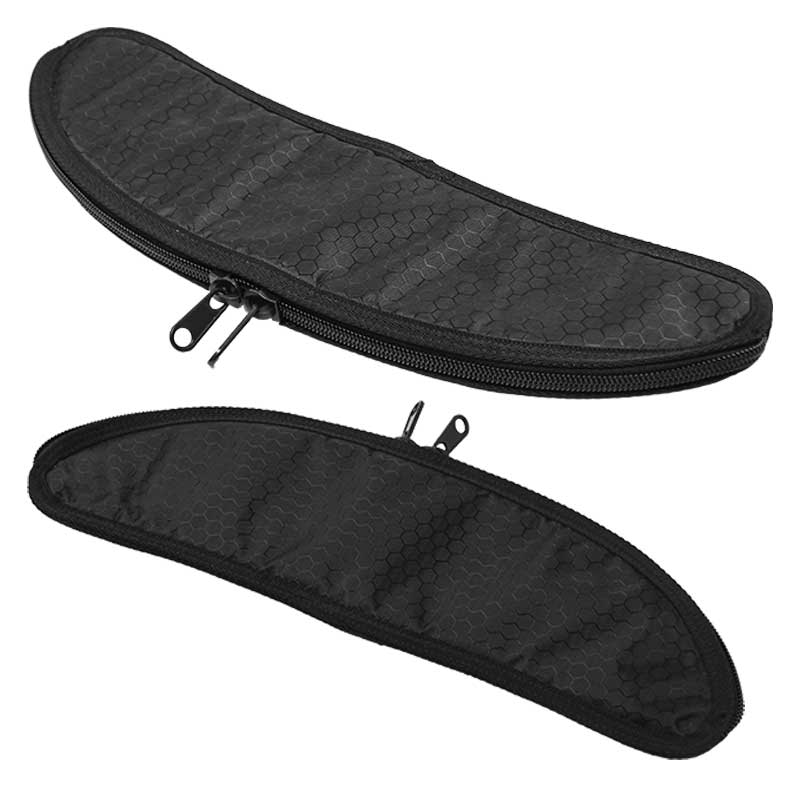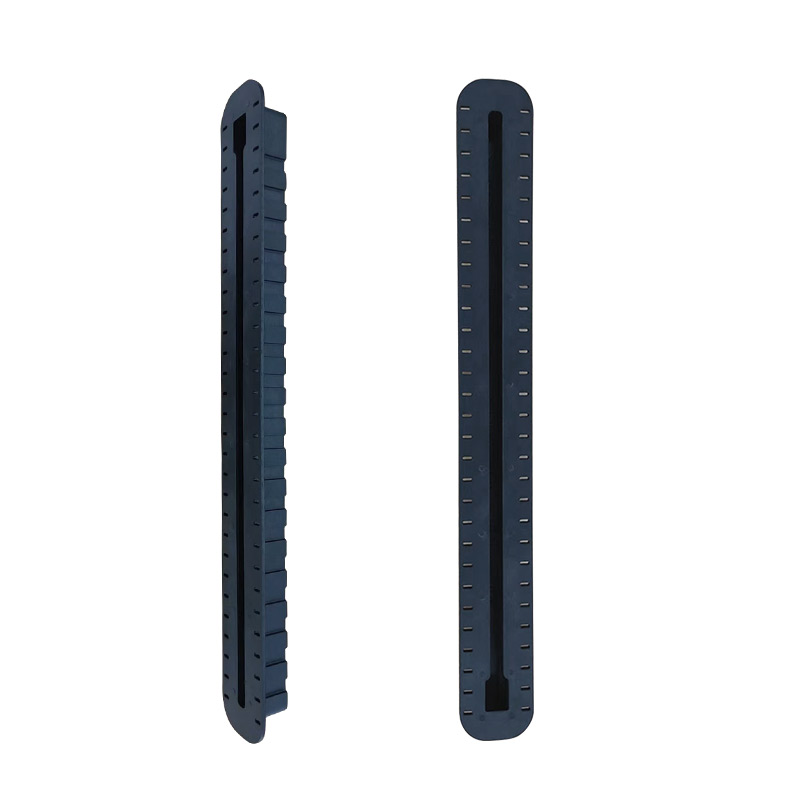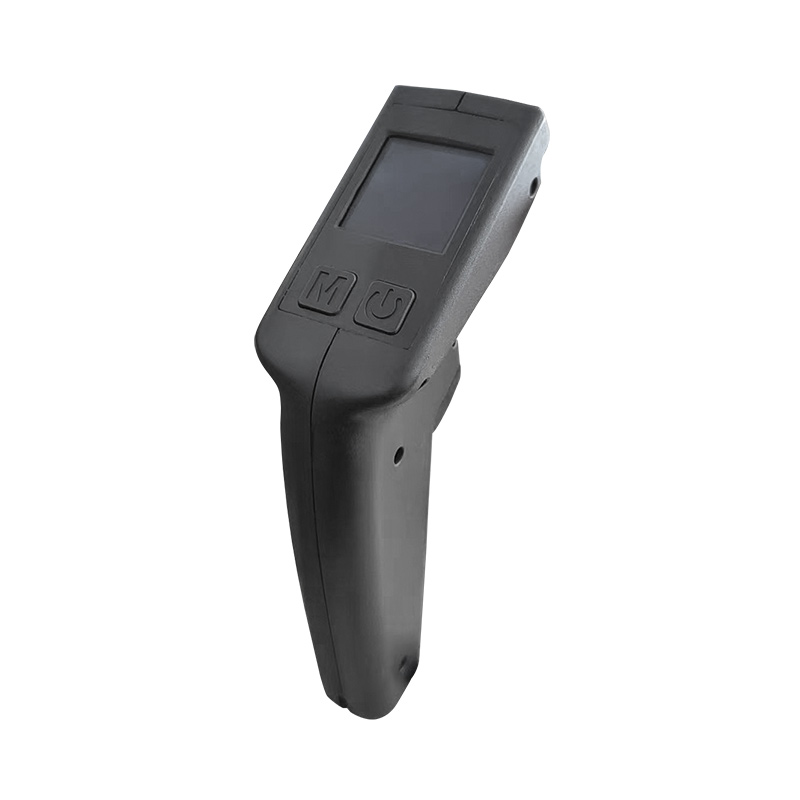Is a carbon fiber kayak good? As a person not been used before, you may not know much about it. But you are interested in it for use, or your company wanna set up a project to sell it but you still do not know much about it. This article will tell what it is, the advantages, the differences, the considerations, and Limitations to help you to know more about it. If you need the kayak paddle or other surfing product, please click the link to see.
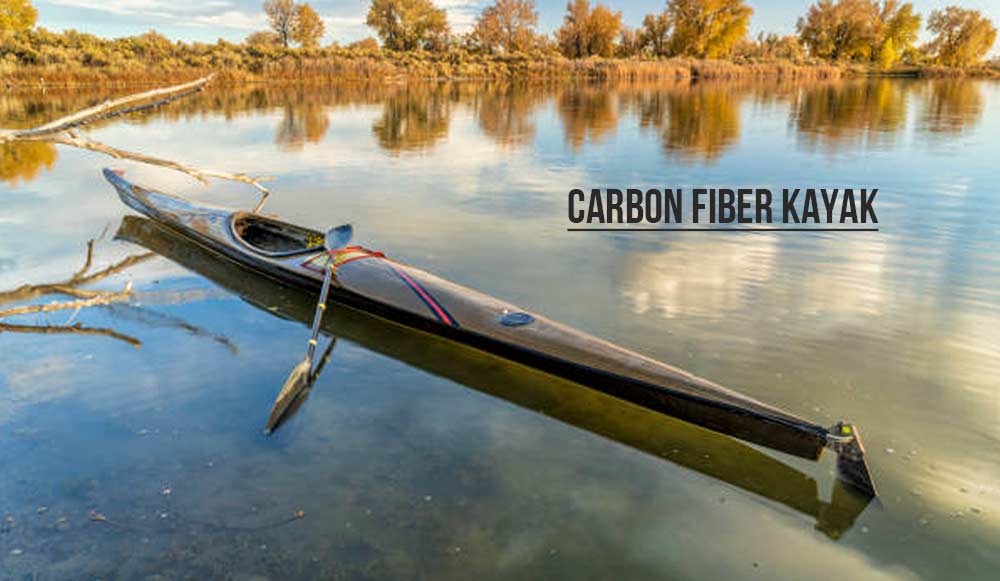
What is a carbon fiber kayak?
A carbon fiber kayak is a type of kayak constructed using carbon fiber materials. Carbon fiber is a lightweight yet incredibly strong material made from thin strands of carbon tightly woven together and bonded with resin. Kayaks made from carbon fiber are known for their durability, stiffness, and light weight, making them popular among paddlers looking for high-performance boats.
The use of carbon fiber in kayak construction offers several advantages. It makes the kayak lighter than those made from other materials like plastic or fiberglass, which can improve maneuverability and speed. Additionally, carbon fiber provides excellent strength and stiffness, enhancing the kayak’s durability and responsiveness in the water.
While carbon fiber kayaks offer many benefits, they can be more expensive compared to kayaks made from other materials due to the high cost of carbon fiber itself and the precision required in their manufacturing process. However, for serious kayakers or those seeking top-notch performance, a carbon fiber kayak can be a worthwhile investment.
Are Carbon Fiber Kayaks Good?
After you understand what is a carbon fiber kayak, you may have a question like that, are Carbon Fiber Kayaks Good?
Carbon fiber kayaks are renowned for their exceptional performance, combining strength, lightweight construction, and durability. These kayaks offer a remarkable strength-to-weight ratio, making them agile and responsive on the water while being robust enough to withstand various paddling conditions.
Their lightweight nature enhances maneuverability, enabling paddlers to navigate swiftly and reduce fatigue during extended trips. While typically pricier than other kayak materials like plastic or fiberglass, carbon fiber kayaks are favored by experienced paddlers seeking top-tier performance and enthusiasts aiming for a competitive edge.
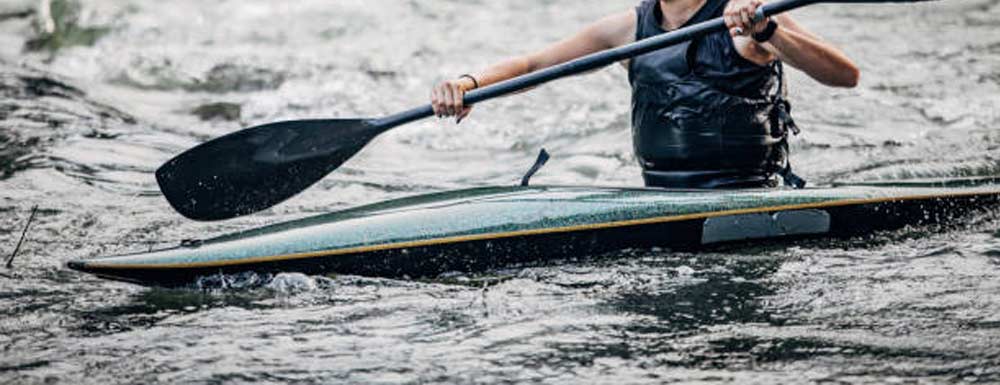
Now, we will analyze it in 3 sides to let you know more about it.
1. Advantages of Carbonfiber Kayaks
Strength-to-Weight Ratio
Carbon fiber kayaks boast an unparalleled strength-to-weight ratio, combining robustness with minimal mass. This attribute allows for remarkable structural integrity while ensuring agility and maneuverability on the water. The inherent strength of carbon fiber enables kayaks to endure various environmental challenges without compromising performance.
Performance Enhancement
The lightweight nature of carbon fiber profoundly impacts kayak performance. Paddlers experience enhanced speed, responsiveness, and maneuvering capabilities, translating to a more dynamic and efficient paddling experience. These kayaks swiftly navigate through water, responding promptly to the paddler’s commands.
Durability & Longevity
Durability stands as a hallmark of carbon fiber kayaks. Their resilience against impact and wear extends their lifespan, making them a long-term investment for avid paddlers. This robustness ensures that these kayaks maintain their structural integrity even in demanding conditions, offering reliability and consistency over time.
2. Compared with Other Materials
Carbon Fiber vs. Fiberglass Kayaks
In the realm of kayak materials, fiberglass stands as a close counterpart to carbon fiber. While fiberglass kayaks offer durability and performance, carbon fiber surpasses them in terms of strength-to-weight ratio and responsiveness, albeit at a higher cost.
Which is better fiberglass or carbon kayak paddle?
The choice between fiberglass and carbon kayak paddles often boils down to personal preference and specific needs. Fiberglass paddles offer a balance between durability and affordability. They’re robust, making them suitable for various paddling conditions, and they come at a moderate price point. However, carbon paddles excel in performance due to their lightweight nature, offering enhanced agility and reduced fatigue during long paddling sessions. While pricier, carbon paddles are preferred by experienced paddlers and competitors aiming for top-tier performance.
Ultimately, the decision depends on individual preferences, budget, and the intended use. Beginners or recreational paddlers might find fiberglass paddles a suitable choice, considering their durability and cost-effectiveness. In contrast, serious paddlers looking for high performance and reduced weight might lean towards carbon paddles despite the higher price point.
Carbon Fiber vs. Plastic Kayaks
Plastic kayaks, known for their affordability and durability, contrast with carbon fiber in terms of weight and performance. Carbon fiber kayaks outshine plastic counterparts in agility, speed, and overall paddling experience but come at a considerably higher cost.
What is the lightest material for kayaks?
What is the lightest material for kayaks? You may have a question like that. When it comes to crafting kayaks, the pursuit of lightweight materials is a constant quest among manufacturers and enthusiasts alike. Among the array of materials available, one stands out as the veritable featherweight champion: carbon fiber. This composite material, renowned for its exceptional strength-to-weight ratio, emerges as the go-to choice for constructing incredibly lightweight kayaks.
The inherent properties of carbon fiber, stemming from its woven carbon strands bonded with resin, deliver a structural marvel that’s not just impressively light but also remarkably robust. This lightweight attribute drastically enhances the handling, agility, and performance of kayaks, elevating the paddling experience to new heights. By leveraging the inherent strengths of carbon fiber, manufacturers create vessels that effortlessly glide through waters while maintaining durability and sturdiness—a testament to the evolution of materials in the realm of aquatic sports.

3. Considerations and Limitations
Carbon fiber kayaks possess remarkable attributes but come with considerations and limitations. While they offer unparalleled lightweight construction and strength, they can be pricier due to the material’s manufacturing costs. Additionally, repairing carbon fiber kayaks requires specialized knowledge and can be more challenging than fixing other kayak materials. Careful handling is essential to prevent damage or delamination of the carbon fiber structure.
Carbon Fiber Kayaks Cost Factor
While carbon fiber kayaks offer unparalleled advantages, their excellence comes at a price. The intricate manufacturing process and the high cost of raw materials contribute to their premium pricing. This factor makes them a choice for committed paddlers willing to invest in top-tier equipment. If you are looking for a carbonfiber kayak manufacturer with a competitive price, welcome to contact us for more details.
Specific Use Cases
The suitability of carbon fiber kayaks varies based on usage. While they excel in performance, their optimal use often aligns with competitive or performance-driven paddling rather than casual or recreational use. Understanding the specific requirements is crucial in determining their suitability.
Maintenance Requirements
Maintaining carbon fiber kayaks demands meticulous care. Regular inspections, proper cleaning, and storage play pivotal roles in preserving their integrity. Any damage or wear requires immediate attention to prevent further deterioration.
Conclusion
All in all, Carbon fiber kayaks undeniably stand as a pinnacle in kayak manufacturing, offering unparalleled advantages in strength, performance, and durability. For committed paddlers seeking top-tier equipment to elevate their paddling experience, carbon fiber kayaks present an ideal choice. Understanding their benefits, limitations, and maintenance requirements is crucial in making an informed decision. Ultimately, the suitability of carbon fiber kayaks hinges on the paddler’s specific needs, aspirations, and dedication to the sport.

